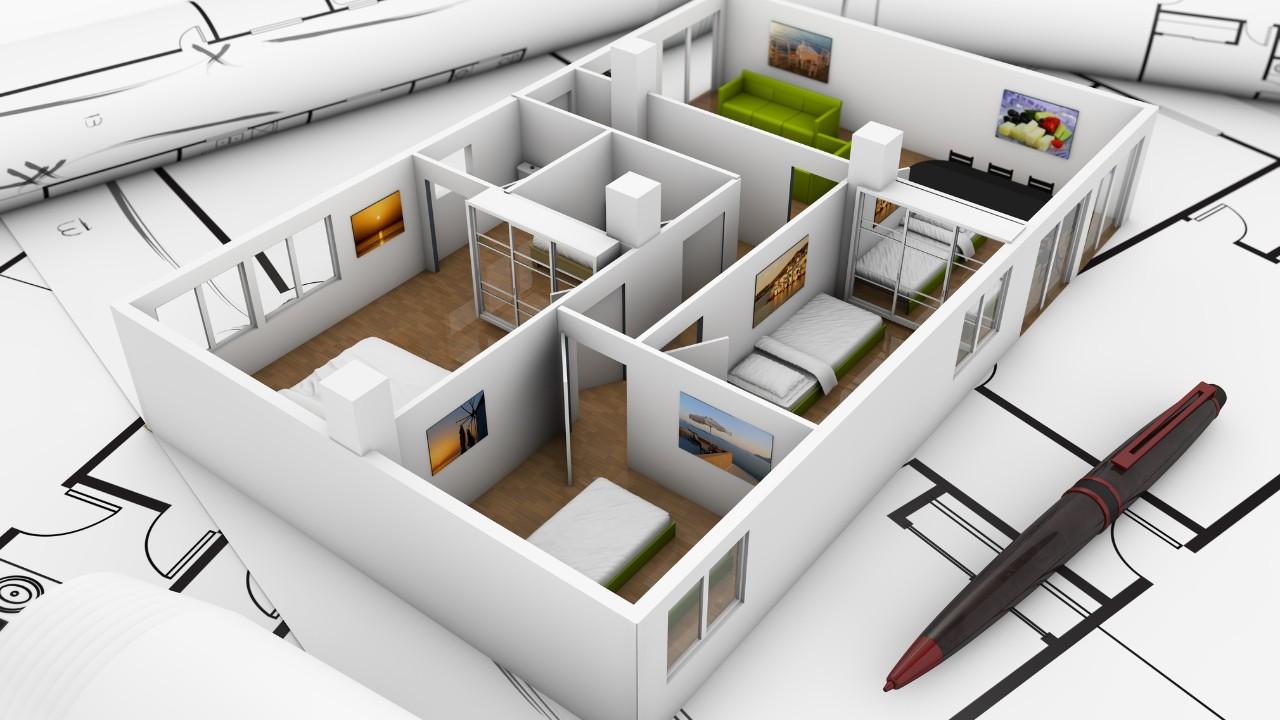How to Plan for a Sustainable Home: Tips from the Experts
.jpg)
Why Sustainable Homes Matter?
In today’s world, where climate change and environmental worries are more urgent than ever, more humans are turning in the direction of constructing a sustainable home. A sustainable home, frequently referred to as an eco-friendly house, is designed to reduce environmental impact, conserve electricity and resources, and promote healthier living. Whether you’re building from scratch or renovating, adopting sustainable practices helps both the planet and your pockets.
This blog will guide you through the maximum practical expert tips to plan a truly sustainable and eco-friendly house.
What is a Sustainable Home?
A sustainable home is designed and constructed to reduce environmental impact, enhance electricity efficiency, and promote healthier living. The focus point is on the use of renewable assets, minimizing waste, retaining water and energy, and ensuring long-term durability with minimal upkeep
A clearly eco-friendly home doesn’t just assist the planet—it additionally saves you money in the long run and creates a more fit space for your own family.
.jpg)
.jpg)
.jpg)
Why Build an Eco-Friendly Home?
Here are some motives why building or proudly owning a sustainable house is a smart choice:
Lower electricity payments
Decreased carbon footprint
Improved indoor air quality
Higher resale fee
Helps nearby ecosystems and materials
.jpg)
.jpg)
.jpg)
Expert Tips to Plan Your Sustainable Home
Designing a sustainable house requires more than simply including solar panels or switching to LED lights. It’s about creating a holistic system that reduces environmental effects even as it enhances your quality of life. Below are expert-approved suggestions to help you plan an eco-friendly house from the ground up:
.jpg)
.jpg)
.jpg)
1. Select the Right Location
The location of your home impacts everything daylight, airflow, or even water control. Select a plot that naturally helps sustainability:
South-facing houses get more sunlight.
Keep away from flood-inclined or ecologically sensitive regions.
Look for proximity to public transport to reduce car use.
2. Design for Natural Light & Ventilation
Smart layout reduces the need for synthetic lighting and cooling. Remember:
Large home windows on the south and east sides.
Skylights and solar tubes for more daylight
Cross ventilation through window placement.
This step alone can make your eco-friendly house feel fresher, brighter, and more power-efficient.
3. Use Sustainable Materials
Go for green constructing materials like
Bamboo, reclaimed wood, or FSC-licensed wood
Recycled metallic or concrete
Low-VOC (volatile organic compounds) paints
Natural insulation like sheep wool or cellulose
Those materials are renewable, low-impact, and frequently more long-lasting than conventional ones.
4. Invest in Energy Efficiency
Make your sustainable home truly energy-smart with:
Solar panels for renewable power
LED lighting fixtures and electricity-efficient appliances
Smart thermostats and motion-sensor lighting
Double-glazed or low-E windows for insulation
An efficient home makes use of less electricity and keeps bills low.
5. Harvest and Preserve Water
Water conservation is a central feature of any eco-friendly house. Here’s how:
Install rainwater harvesting systems.
Use low-flow taps and dual-flush bathrooms.
Set up greywater recycling for gardens.
Use native plants that require less watering.
Those steps reduce strain on local water sources.
.jpg)
.jpg)
6. Incorporate Green Roofing or Solar Roofing
A green or solar roof not only saves electricity but also improves insulation. Alternatives consist of
Rooftop gardens or planters
Sun tiles or solar panel structures
Reflective paint to reduce heat absorption
7. Create a Healthy Indoor Environment
A sustainable home isn’t just about the outside—it must promote healthy indoor living too.
Use non-toxic materials.
Set up air purifiers or ventilators.
Permit natural sunlight to prevent mildew.
Hold indoor plant life for fresh air and temperature increase.
8. Waste Management Planning
Don’t wait till after construction—plan your waste method from the beginning.
Segregate recyclable materials on-site.
Donate or repurpose leftover substances.
Select modular furniture to reduce replacements.
Less production waste = Greater sustainable living
9. Use Local and Recycled Materials
Sourcing materials locally:
Reduces transportation emissions
Supports your local financial system
It often costs less and is more weather-suitable.
Recycled materials add character and are better for the earth.
10. Plan for the Future
A sustainable home is adaptable. Construct for long-term needs:
Use flexible layouts.
Make space for future solar or battery upgrades.
Consider senior-friendly features for aging in place.
Future-proofing your home ensures you won’t want foremost renovations down the line.
Build Smarter, Live Better
Making plans for a sustainable home is a journey well worth taking. It’s no longer just a trend—it’s a long-term investment in your family’s health, your savings, and our planet.
Whether you are operating with an architect , builder, or designing yourself, start with small sustainable alternatives and increase. Every green selection brings you toward a better destiny.
 logo.png)

